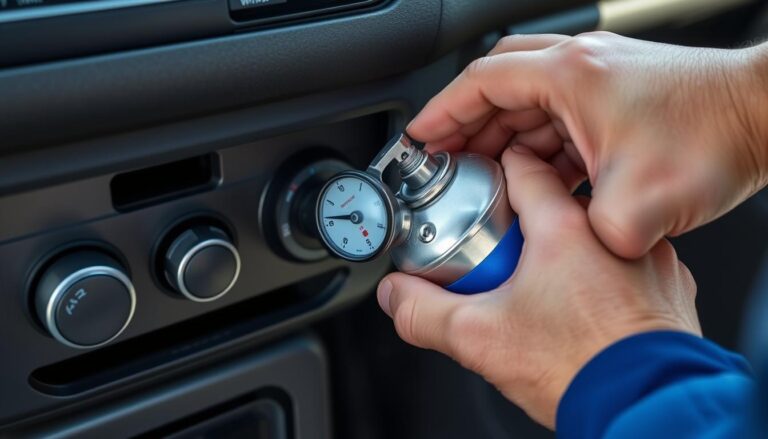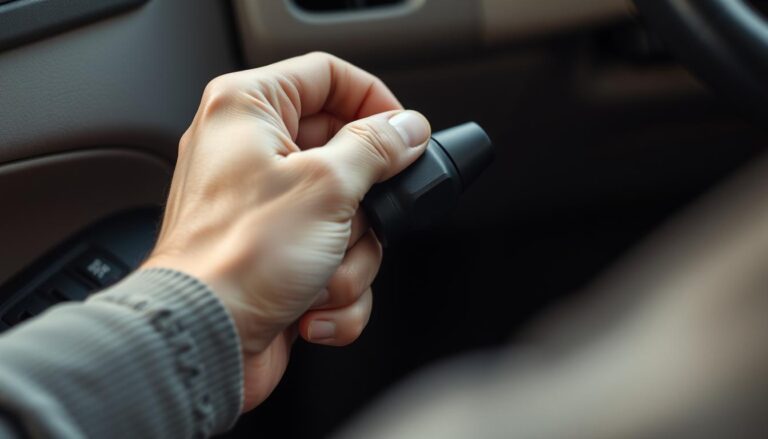Rubbing alcohol may remove touch-up paint. Consider testing in an inconspicuous area first.
When removing touch-up paint, it’s important to use the correct technique to avoid damaging the underlying surface. Rubbing alcohol is a common household item that is known for its ability to break down certain types of paint. However, its effectiveness may vary depending on the type of paint and surface you are working with.
We will explore whether rubbing alcohol can successfully remove touch-up paint and provide tips on how to use it safely. Let’s dive in to discover more about this DIY paint removal method.
Understanding Rubbing Alcohol
Rubbing alcohol is a versatile solvent composed of isopropyl alcohol, water, and other additives. It’s commonly used to remove touch-up paint, as it effectively dissolves the paint and removes it from surfaces.
When using rubbing alcohol, it’s important to apply it with a clean cloth or cotton ball and gently rub the affected area. This method is suitable for minor touch-up paint removal on surfaces such as metal, glass, or plastic, ensuring that the underlying surface isn’t damaged in the process.
Additionally, rubbing alcohol can be utilized for cleaning and disinfecting various surfaces, making it a handy household item for multiple applications.
Effectiveness On Touch Up Paint
Will rubbing alcohol effectively remove touch up paint? Rubbing alcohol can be an effective, affordable option to eliminate touch-up paint. The mechanism of action involves the alcohol breaking down the paint’s bonds, making it easier to wipe away. However, it’s important to take precautions. Always test the rubbing alcohol on a small, inconspicuous area first to ensure it doesn’t damage the surface. Never scrub too hard, as this can damage the underlying paint. When using rubbing alcohol, be sure to wear gloves to protect your skin. Overall, rubbing alcohol can be a useful tool for removing touch-up paint, but caution and care are essential.
Alternatives To Rubbing Alcohol
When it comes to removing touch up paint, rubbing alcohol is a popular choice due to its effectiveness. However, there are also other cleaning agents that can be used as alternatives to rubbing alcohol.
One alternative is acetone, which is often found in nail polish removers. It can effectively remove touch up paint, but it’s important to be cautious as acetone can be harsh and may cause damage to certain surfaces. Another option is isopropyl alcohol, which is similar to rubbing alcohol but can be found in higher concentrations. It’s important to follow the manufacturer’s instructions and test the cleaning agent on a small, inconspicuous area before using it on the entire surface to prevent any potential damage.
When using any cleaning agent, it’s always a good idea to wear protective gloves to avoid any skin irritation or allergic reactions. Additionally, make sure to work in a well-ventilated area to prevent inhaling any harmful fumes. By following these safe practices, you can effectively remove touch up paint without any unnecessary risks.
Removing Touch Up Paint From Different Surfaces
When dealing with touch up paint, it’s important to know how to remove it from various surfaces. Let’s start with plastic surfaces. Rubbing alcohol can be an effective solution for removing touch up paint from plastic. It can help dissolve the paint, making it easier to wipe away. Simply dampen a cloth with rubbing alcohol and gently rub the affected area until the paint starts to lift.
Metal surfaces, on the other hand, require a different approach. Using a fine-grade steel wool, gently scrub the touch up paint in a circular motion. This will help loosen the paint from the metal surface. Be careful not to apply too much pressure to avoid damaging the underlying surface. Once the paint has been loosened, wipe it away with a clean cloth.
Remember, whether you’re dealing with plastic or metal surfaces, it’s always a good idea to test the method on a small, inconspicuous area first to ensure it doesn’t cause any damage. By following these tips, you can effectively remove touch up paint and restore your surfaces to their original condition.
Frequently Asked Questions For Will Rubbing Alcohol Remove Touch Up Paint
Will Rubbing Alcohol Remove Touch Up Paint From Car?
Yes, rubbing alcohol can remove touch up paint from a car effectively. Simply apply it to a cloth and gently rub the affected area to lift off the paint. Be cautious not to damage the original paint underneath.
How Do You Remove Dried Up Touch Up Paint?
To remove dried touch up paint, use a soft cloth and rubbing alcohol. Dampen the cloth with alcohol, then gently rub over the dried paint until it starts to loosen. Continue rubbing until the paint is removed.
Will Rubbing Alcohol Remove Paint?
Rubbing alcohol can remove paint effectively. It acts as a solvent, breaking down paint and making it easier to remove.
How Do You Smooth Out Touch Up Paint Without Sanding?
Smooth out touch up paint by gently rubbing with a microfiber cloth in circular motions to blend seamlessly. Apply polishing compound for a glossy finish.
What Happens If You Rub Alcohol On Touch-up Paint?
Using rubbing alcohol on touch-up paint can cause the paint to fade or lift, damaging your vehicle’s finish.
Conclusion
Using rubbing alcohol to remove touch up paint is a practical solution. It is effective and convenient, but be cautious with sensitive surfaces. Overall, it provides a cost-effective method for paint removal with minimal effort. Try it out for yourself and see the results!


